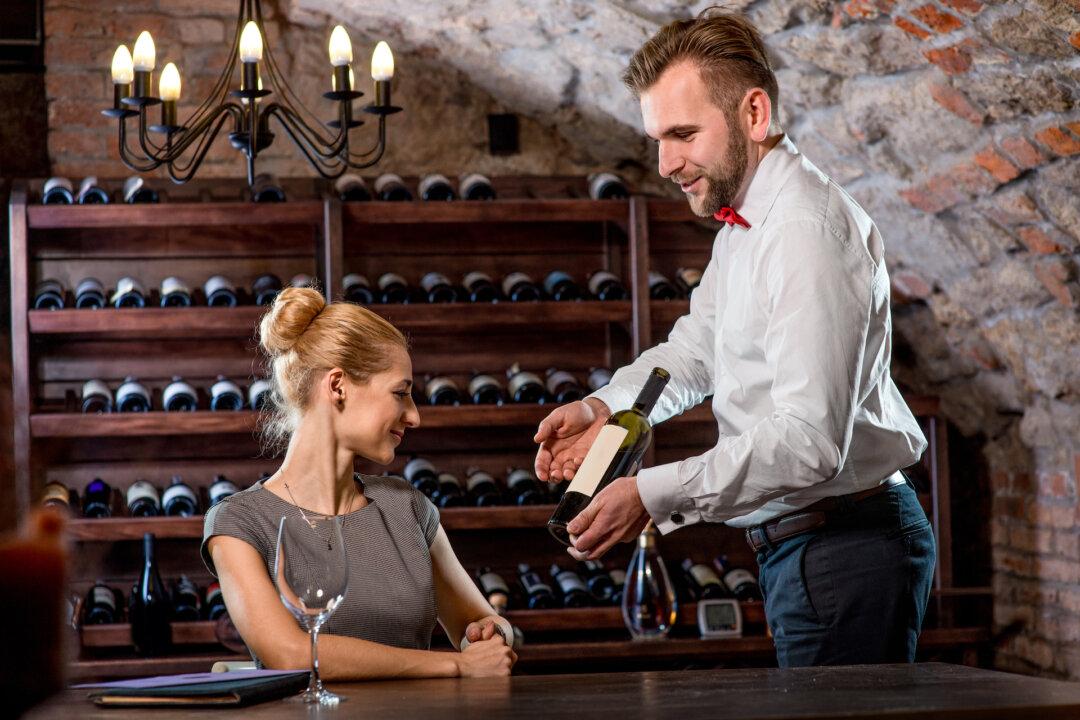Chardonnay continues to be the most popular white wine in the United States, representing roughly one out of every five bottles of white wine sold in this country, and it’s been this popular for decades.
At its best, from some of the top purveyors in California, it can be expensive, cost a lot of money to produce, and take aging in a cool cellar for a decade and be better for it—and it also has become the target of wine collectors who adore the richness and complexity the variety produces.
Yet think about it and include in the contemplation the question of price and functionality (food compatibility). I reached a slightly different conclusion—that probably the greatest white wine grape being produced in the United States today is Sauvignon Blanc.
One reason is that far too many chardonnays have been so manipulated that they don’t represent the grape variety as much as they do the barrels in which they were aged.
In fact, considering the worldwide view, Sauvignon Blanc is in the top three or four grape varieties extant and in the last two decades has made significant improvements in its various personalities, some of which are actually directly related to the soils from which they come.
Wine sophisticates might suggest that the world’s greatest white wine grape variety really is riesling, a view I have long held, but I’m not attempting to convince anyone. Most people drink what they like, and chardonnay continues to be that grape across the United States.
The amazing resurgence of quality Sauvignon Blanc, though, has moved it into an exalted position for me among white wine grapes. Significant credit for this is the contribution made by Sauvignon Blancs coming out of New Zealand in the last 20 years.
Part of this relates to last week’s column here linking how sweet some wines have become recently. NZ SB frequently is sweet because a completely dry version would be difficult to consume for some Americans given the extremely high acidity found in New Zealand Sauvignons.
But sweetness isn’t as widely observed as is low acid levels in non-NZ SB. Low acid is a malady I see often these days as many wine companies are making “broad market” wines that appeal to people who view wine as a sip-alone beverage, like an aperitif. Food is not necessary.
What most Sauvignon Blanc lovers truly adore about it is how distinctive it can be, especially when it’s grown in cooler vineyards and harvested appropriately so that its natural aromatics are captured.
Purists say that SB at its best has aromas that are akin to fresh and dried green herbs, lime, hay, wildflowers, and even a bit of chamomile tea, fresh olive oil, and several other savory scents. Because it is so complex, I often find that top-rate sauvignon blanc becomes that much more interesting if it’s held in the bottle for a year or two.
This obviously runs counter to how the wine is typically served in this country. The average SB bottle is opened approximately 30 minutes after purchase. Young, fresh SBs can be delightful, of course.
More serious efforts tend to be a little more subdued aromatically, but usually have greater food compatibility due to less use of sugar, appropriately balancing acidity and the fact that its aromatics actually improve after the bottle has been opened and allowed to aerate for an hour or two.





